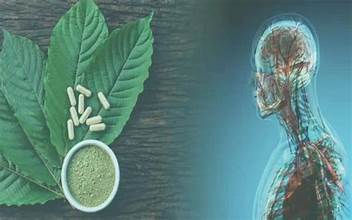Does Suboxone get people high?
- Heather L. Roe, DO

- Jun 27, 2022
- 3 min read
Suboxone is the brand name of a prescription medication that includes buprenorphine and naloxone. The Buprenorphine component is the active ingredient and is FDA-approved for the treatment of opioid use disorder.

What does ‘partial agonist’ mean?
Buprenorphine is what is called a ‘partial-agonist’ of the opioid receptors. This means that buprenorphine binds to the opioid receptors in the brain and it stimulates activity at these receptors.
There are ‘partial’ and ‘full’ opioid agonists. The full opioid agonists include pain medications (oxycodone, hydrocodone, fentanyl, etc.), the treatment medication methadone, and street drugs (heroin.)
When a full opioid agonist is taken it stimulates the receptor to release the maximum number of endorphins. These endorphins are what causes people to get high, euphoric, energy, etc. A partial agonist also causes the release of endorphins, but to a much lesser extent. For comparison, you could say full agonist releases 100% and partial-agonist releases just 40%.
If an individual is seeking treatment with Suboxone for an opioid addiction the Suboxone will not be able to get them high. Opioid addiction is assuming that they are using opioids most or every day and experience withdrawal symptoms when they discontinue. In this situation, the individual’s brain has adapted to receiving full agonist drugs. When they don’t take their drug of choice their brain is not able to release the endorphins necessary to function. Taking Suboxone allows the brain to release enough endorphins to avoid withdrawal symptoms, but its partial agonist nature doesn’t allow it to hit the highs that were occurring when they were taking other substances.
What’s the ceiling effect?
The ceiling effect is another reason that Suboxone cannot get people with opiate use disorder high. The buprenorphine in Suboxone binds so efficiently and holds onto the opioid receptors so tightly that eventually, the receptors are full. There is generally accepted a max daily dosage of the medication because above that dose there are no receptors available for the medication to work on.
So being a partial agonist Suboxone only weakly stimulates the receptors and there are only so many receptors available. Even if the person were to misuse the prescription (ie take more than prescribed) the medication cannot take them higher.
What if they don’t have opiate use disorder?
If someone who doesn’t have an opiate dependence or opiate use disorder were to take the medication, they can experience a ‘high.’ This would not be as strong as the other, full agonist substances listed above. However, if an individual never or only rarely takes an opioid, the 40% boost from the Suboxone can still be experienced as a ‘high.’
For this reason, it is extremely important for individuals prescribed Suboxone to keep their medication secured. This usually entails a safe or lock box that is kept out of sight to prevent children or visitors to the home from accessing the medication.
So, is Suboxone getting people high?
The answer here is yes and no.
The people who have an opiate addiction and are on Suboxone for treatment of their condition are not getting high from their treatment medication. The partial agonist in Suboxone is not able to get an opiate-dependent brain ‘high,’ even if they try to misuse it.
BUT individuals who are not opiate dependent can misuse this medication. So, a condition of treatment often is the ability to properly secure the medication so that it doesn’t get into the wrong hands.







Comments